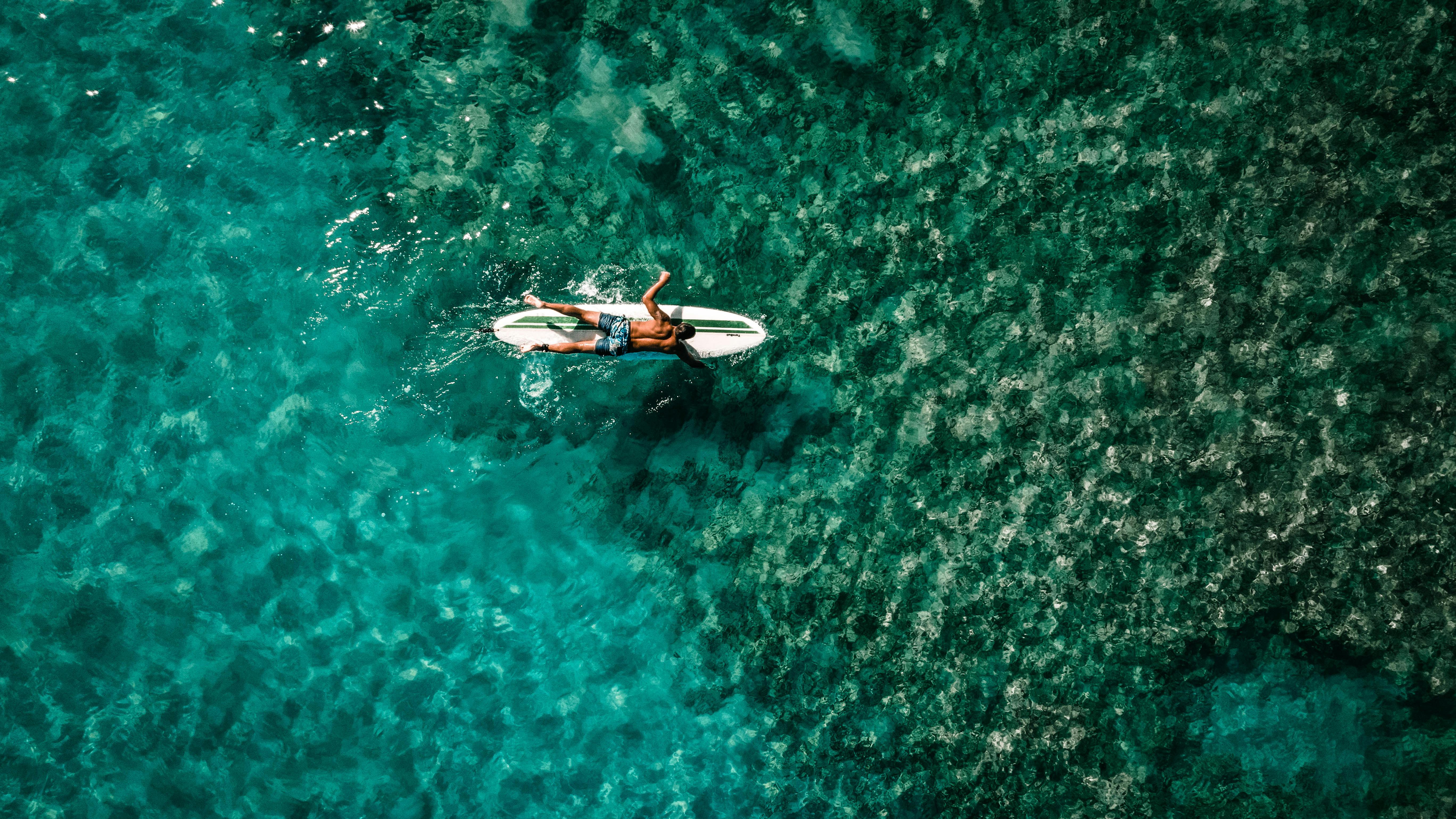
The hard truth about boxing
Boxing fever is on. Inspired by boxing icons like Manny “Pacman” Pacquiao, Floyd “Money” Mayweather Jr. and Timothy “Desert Storm” Bradley, boxing hopefuls and fans sprouted like mushrooms in almost every part of the world. Some of them just wanted to “feel” what boxing is like, but most of them dream of being in the ring as a world-renowned professional boxer.
One country in particular is the Philippines. In fact, some out-of-school youths have been featured in the national news as boxing addicts. Poverty-stricken, these youngsters turned to boxing in imitation of their greatest idol Manny Pacquiao. They even wore poorly made gloves and trained for hours with another young man outside the school as a coach. However, this type of strenuous activity often strained their muscles and, in turn, stressed their young bodies. Unfortunately, this could lead to its destruction.
I have read and heard about the numerous advantages of boxing. As more people embrace boxing as a sport or even a hobby, I couldn’t help but think of the possibility of even more dangerous matches in boxing since its introduction as an official sport. It was a certain Manuel Velázquez who investigated, made reports and compiled in his collection boxing deaths including a careful analysis of the nature of his deaths. These amateur and professional boxing trainees suffered heavy losses and even death and received little attention most of the time. Female boxers who sustained major injuries in the middle of a fight or afterward were also cited. Several bare-knuckle boxers triumphed in one match, but unfortunately perished in the next match from heavy blows and punches. However, a reasonable number of these warriors won during their final fights.
In early 2012, a Filipino professional boxer died after sustaining head injuries and slipping into a coma. Karlo Maquinto, the 21-year-old undefeated boxer from Iloilo, Philippines, fought his ninth fight when he went down during the fourth round and was rushed to the hospital. After being diagnosed with brain swelling and a blood clot, he died. That was the end of everything, his dreams and those of his family. He was second behind the late 21-year-old super bantamweight Manuel Zayas, who also died of the same cause 10 years ago.
The fascinating boxing career of Filipino boxers Manny Pacquiao and Nonito Donaire inspired many, but how long will these trainees and amateurs be safe? Who could spare professional boxers from the extreme dangers they face every time they step into the ring? The world is too engrossed with the boxing arenas of our time. It is time that we also pause and pray for the victims.
The era of deadly boxing is long gone. The London Prize Ring rules were replaced by the Marquess of Queensberry rules, which are more professional, scientific and safe. Wrestling, rips, kicks, and punches below the belt are now considered fouls. However, it is no guarantee that any boxer alive today is totally safe, as is the case with the many deaths in boxing. One has to keep in mind that boxing is not just about winning and losing. It is more serious and the rules should not be taken for granted. This is the hard truth in boxing. Unless a boxer exercises extreme caution, he will never be safer.